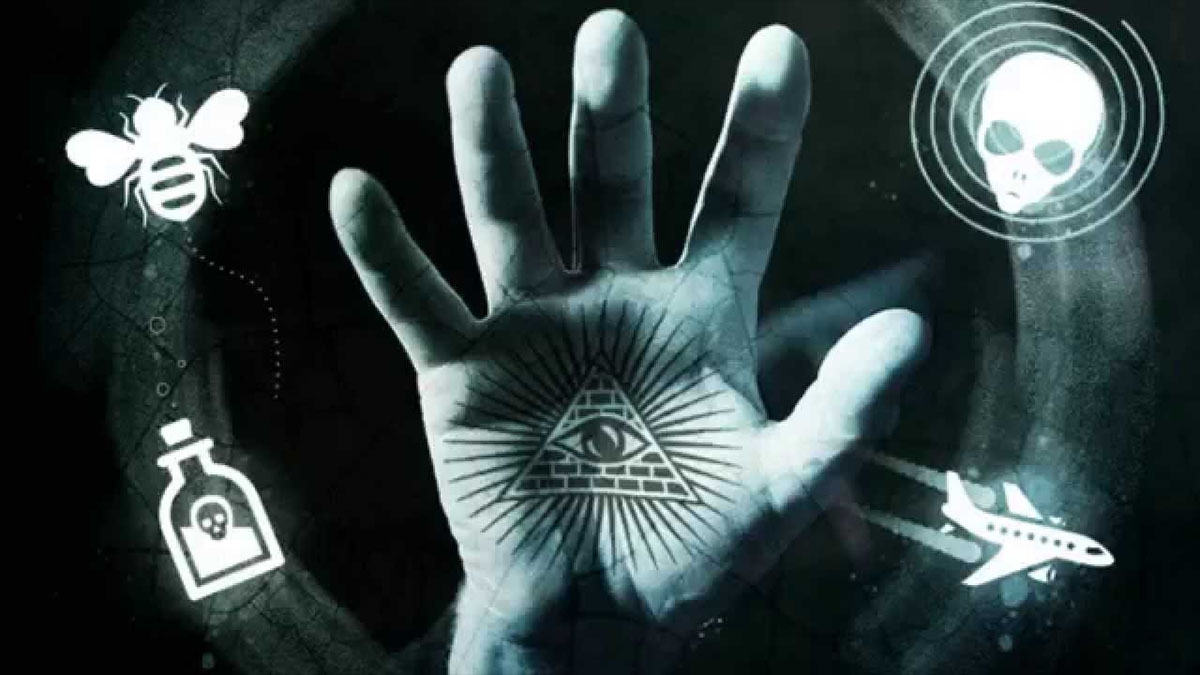the conspiracy theorist’s primer

Black projects, sinister governments, things that don’t exist according to any record but haunt the dreams of those who saw them and power shifting deals made behind closed doors; this is the stuff great conspiracy theories are made of. Like a suspense movie, they keep us on the edge of our seats as we try to figure out who did what but unlike a blockbuster, they force us to think about the world we know in a different way. So how do you tell a conspiracy theory that will make even devoted debunkers pause before rushing to deliver their refutations and think twice about your secretive tales of mystery and intrigue?
First and probably most importantly, don’t go in guns blazing after potential critics. There will always be critics and debunkers but when you try to paint them as nefarious agents of those in charge of a cover up or as “sheep” brainwashed by the mass media, you’re doing the rhetorical equivalent of painting a huge bullseye on your forehead for people who pay their monthly bills by dissecting conspiracy theories to find even the tiniest flaws. You also don’t want to pull a Jim Marrs by talking about the necessity of being open-minded and considering information from alternative sources just to turn around and accuse detractors of being close-minded jerks who have way too much trust in their government and who are just begging to be blindsided when the theory you’re about to describe will be revealed to the world for what it really is.
Secondly, don’t try to feign expertise. If you don’t know some detail, admit it and try to defer to something plausible. Ask some real experts and investigate their research. Think of Bob Lazar and his claim of working with reverse engineered alien technology. His fans say that henchmen for the military have intimidated and discredited him through a campaign of disinformation to hide the truth. In reality, Lazar couldn’t coherently describe the alien technology with which he worked and his claims about how it was supposed to work were pseudoscience. You don’t want to shoot yourself in the foot by not having your science and history in order.
You should also try to limit government involvement and instead of just going after the wealthy and the well connected, try to consider their assistants and right hand people. Sinister government plans are pretty much impossible to prove due to the nature of black projects (they don’t exist as far as officials are concerned) and the rich and the powerful get far too much credit. While it’s easy for conspiracy theorists to dismiss the role of a lowly personal assistant or random executives of small, enigmatic departments working on something only their bosses know about, they can be just as connected and just as influential because they’re plugged into the same world as the people for whom they work. Keep in mind that every conspiracy doesn’t have to go “to the top.” Sometimes the boss just wants it done and it’s not important how as long as there’s a result. If anything, the top people the wealthy and powerful employ are their trusted counsel.
Next, review your theories for obvious goofs. If you claim that you can see some sort of city on the lunar surface about ten times the size of a major metropolis, that’s something anyone with a pair of binoculars can verify. The Moon is just 235,000 miles away so a feature that big will be very evident. If you claim that either you or your sources have advanced degrees or worked at a certain company or government agency, you need to be able to prove it. It’s a lot harder than it seems to remove all records of employment and education due to the way the law works. If you have a genuine degree or a W-2, you have a compelling case for a cover-up you can take to any court and stir up controversy. Your claims shouldn’t be so simple to disprove.
Fifth, if you’re actually keeping count, and finally, do something that might seem contradictory to the very nature of conspiracy theories. Build your case on publicly available information. They more of it you use, the stronger your premise. When constantly deferring to classified information that comes from mysterious sources, you’re inviting people to wonder if you’re really honest. If the documents are classified and no one can see them or verify their authenticity since they’re still supposed to be classified and any expert will be in on the cover-up, you could make up almost anything you want with relative impunity. Using public knowledge, then adding just a little bit of corporate or government secrecy makes your theory all the more plausible. After all, we can all go and verify a huge chunk of it in our spare time.
Remember, if you keep it simple, try to be original, stick to well known facts and consider more than the usual suspects without preemptively lashing out at critics, the next conspiracy theory being debated on TV and the web could be yours.





